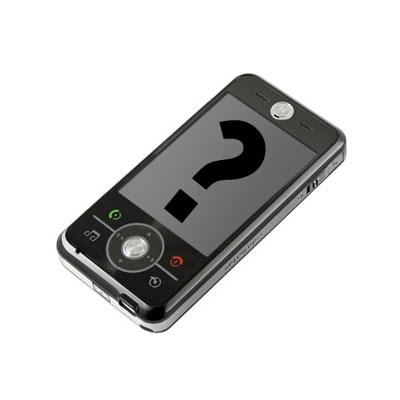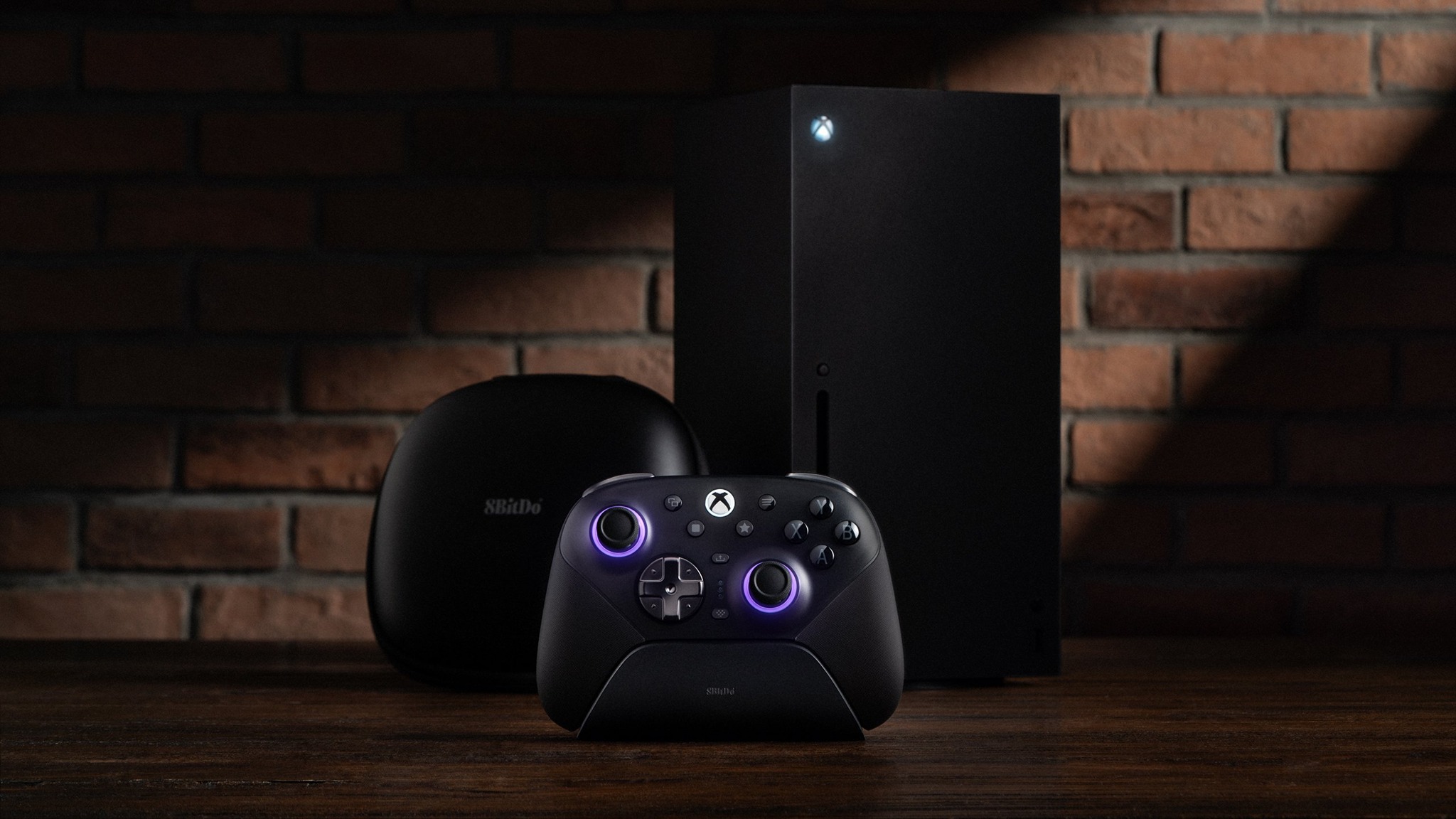It's Not the Specs, It's the Experience

So tell us, how does this sound for a dream WM phone?
- 800x400 Tetra-VGA resolution
- 3.9 inch Projected Capacitance Touch technology with 95 SVI
- WCDMA / HSPA: 900/2100MHz. HSDPA 7.2 Mbps + LTE
- Scaled integrated WM architecture
- WLAN: 802.11b/g + WiMax
- Dynamic distributed 4mb cache
- Optimized multimedia protocol (RiGB, Tif, Xled)
- Connectivity: Quad-band GSM/GPRS/EDGE: 850/900/1800/1900 MHz + CDMA 1x
- An integrated object-oriented protocol
- 624mhz Snapdragon main processor; 412mhz Xtel Preprocessor
- BlueTooth 2.1 (EDR, GAP, GOEP, SPP, HSP, HFP 1.5, PAN, BPP, AVRCP)
- 1GB Pseudostatic RAM (PSRAM)
...all for running the yet unannounced "WM6.5 MultiMedia Ultimate" set for a Q2 wide release.
If you are like most people who read this and other tech sites, your jaws should be on the floor upon reading those specs. You may now lift your cracked chins, my little Guinea Pigs. Not only is that phone made up, but so are some of those "specifications". Why the cruel joke? As it turns out, you fell in line just like a bunch of nerdy researchers predicted you would.
Read on to find out why spec hounds like, ahem, us have skewed perceptions of device reality.
The Science
Evidently, consumers are strongly swayed by quantitative specification listings, even when they don't know what they mean or worse, they are made up. (See "Specification Seeking: How Product Specifications Influence Consumer Preference" in Journal of Consumer Research -- here's a scribd link). In fact, the researchers had a few hypotheses which included:
(1) Specifications will sway consumers, even when they provide no predictive information and can see and use the product
(2) Specifications have a greater effect on choice than on liking. (So if you really like Item B, instead of Item A, meaningless specifications will have less effect than if you were merely asked to choose between Item A or B.)
All the latest news, reviews, and guides for Windows and Xbox diehards.
They ran five experiments looking to manipulate specifications on various products, including cameras, towels, sesame oil, cellular phones and potato chips. The phone experiment varied on screen vividness and screen size between two phones with two conditions. They also threw in a made up specification related to vividness called "SVI" with values attributed to each phone.
Sure enough, the "SVI Index" swayed people's choice between two phones with different values. This despite the fact that there is no such thing as SVI measurement.
An analogous situation is with digital cameras and the so-called "Mega Pixel Wars" which is really a Mega Pixel Myth. So while it is well known that more than 6MPs increases image noise and decreases sensor sensitivity, we still have cameras jacking up the MPs. Why? Because you fall for it.
Lesson Learned?
We've discussed these "Specification Wars" here at WMExperts for awhile--it's basically when companies are out of ideas so they just amp up specs with no perspective on real world differences. Think here of the dubious "benefit" of having "8x digital zoom" over "2x digital zoom", especially when the camera sensor and quality is just poor overall. Or simply adding more memory and gimmicks to a phone to differentiate it from the heard.
The article goes into methods that marketers of these fine products might consider using to sucker us. For you, the consumer, it offers this advice:
In making purchase decisions, consumers should at least do two things. First, they should seek experience, not just numbers. Seconds, they should avoid direct comparison and stimulate SE.
"SE" stands for "single-evaluation" and the essence is that head-to-head comparisons don't usually give you a clear idea of what your final experience of a device will be. Sure, in a Joint-Evaluation you'll favor the touch-screen spec of the HTC Tilt over the Motorola Q9h, but in a Single-Evaluation experience of the device you may find you'll get more done on the Q9h.
Basically, just be aware of this effect next time you're shopping or you see some Tech Blog drop a laundry list of "dream" specs on a new WM phone. Specifically, remember that higher specs may have little to no correlation to your overall happiness and satisfaction with the phone. Better to seek out single-evaluation reviews (or personal experience!) of each device separately and see which fits your needs better.
Who are we kidding? We want to know why the SVI Index on the Treo Pro is so much poorer than on the Touch Pro. Anything with an SVI of less than 78.3 is flat-out unacceptable! Ahem.
Thanks Ebag333 for the reference!

Home to the most invested and passionate Microsoft fans, Windows Central is the next generation destination for news, reviews, advice and buying recommendations on the Windows, PC and Xbox ecosystems, following all products, apps, software, AI advancements, and accessories. We've been around for more than decade, and we take our jobs seriously. Windows Central writers and editors value accuracy and editorial independence in everything we do, never receiving compensation for coverage and never pulling punches.
